Omer Parent (1907–2000)
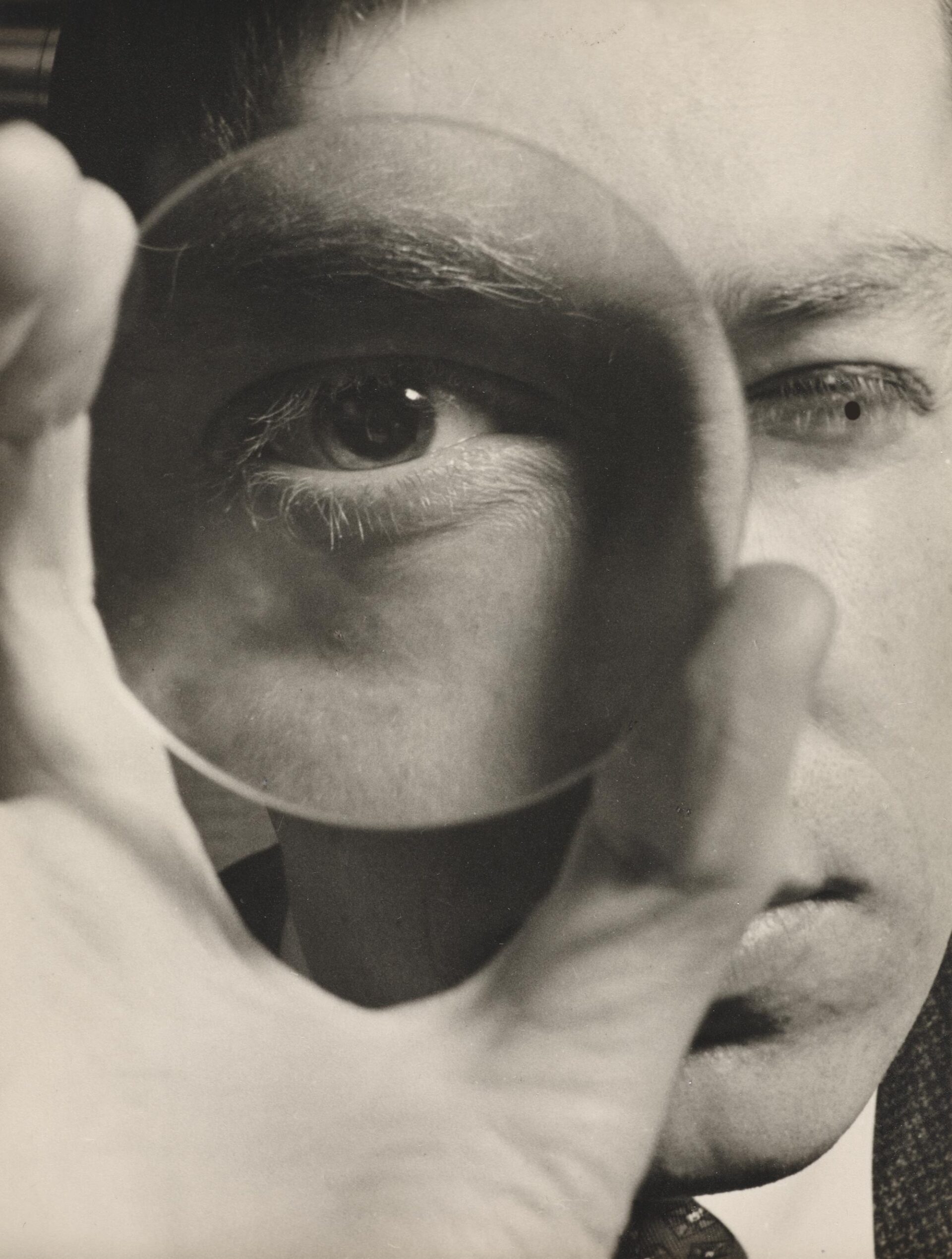
Omer Parent, Autoportrait (Self-Portrait), c.1940
Gelatin silver print, 21.4 x 16.4 cm
Musée national des beaux-arts du Québec, Quebec City
Among the many iconic figures in visual arts in Quebec during the mid-twentieth century, Omer Parent stands out for his long and successful career in teaching. He was also an adventurous artist, as revealed in Autoportrait (Self-Portrait), although his public prominence did not equal that of his contemporaries Alfred Pellan (1906–1988) and Jean Paul Lemieux (1904–1990). Hired in 1936 as a professor of commercial art at the École des beaux-arts de Québec (ÉBAQ), he taught there for thirty-eight years and served as the director of studies from 1949 to 1964. In 1970, he became the founding director of the École d’art at Université Laval.
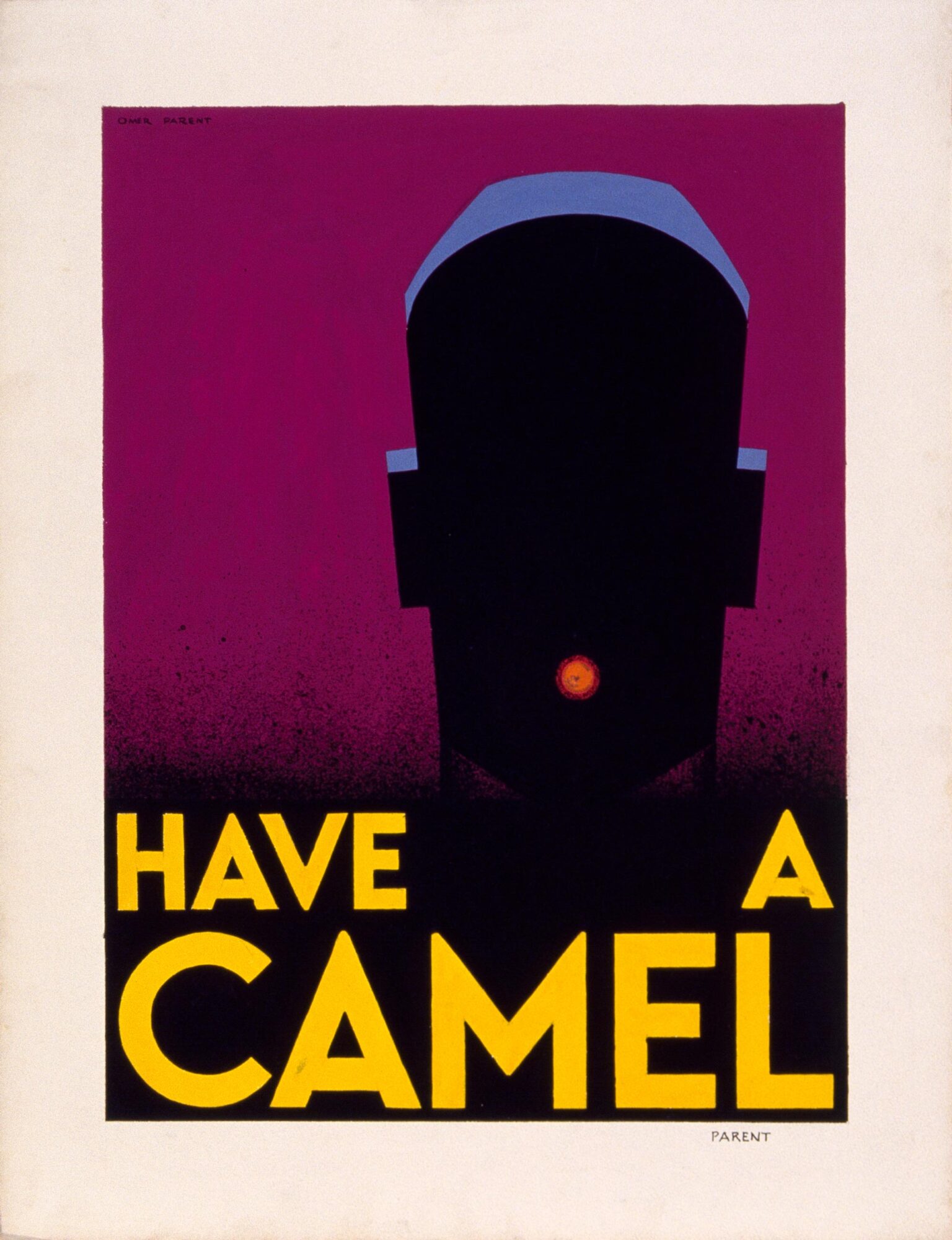
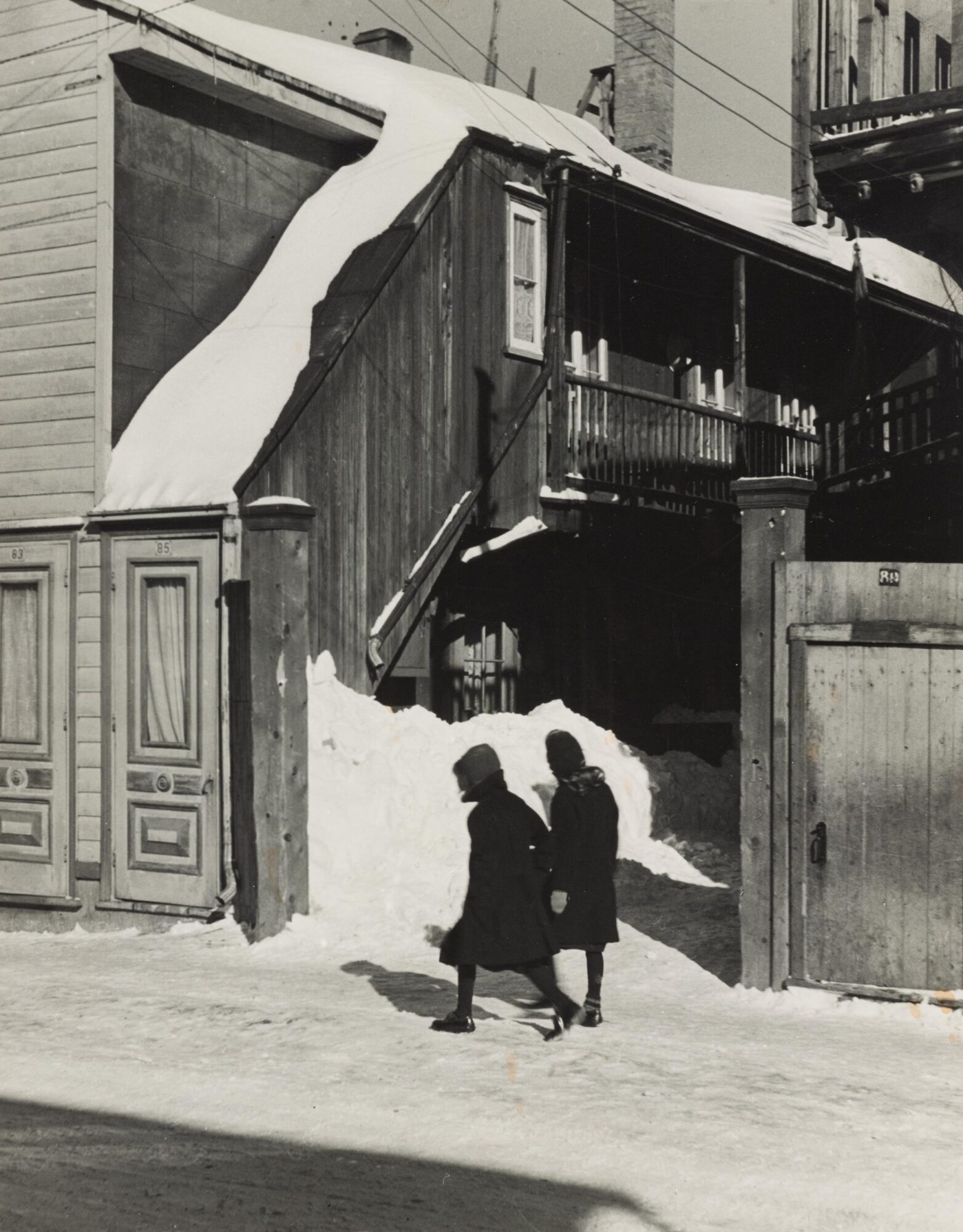
Parent’s multidisciplinary practice received limited recognition during his lifetime. But he left behind a rich and modern artistic and pedagogical legacy and made significant contributions to graphic design, interior decoration, auteur cinema, photography, and painting. In fact, his work can be seen as a precursor to the multidisciplinary practices that flourished in the 1970s within Quebec’s network of alternative galleries.
Parent began his training in 1922 at the newly established ÉBAQ, and in 1926, he was awarded a scholarship to the École des beaux-arts in Paris, an honour he shared with his classmate Alfred Pellan. Although he was admitted to study architecture, Parent became passionately drawn to the multidisciplinary approach of the Bauhaus and the work of the modernist French architect Le Corbusier (1887–1965), leading him to shift his focus to advertising illustration, where he studied under renowned poster artists such as René Vincent (1879–1936). Their influence is reflected in his composition Illustration pour l’affiche « Have a Camel » (Illustration for the “Have a Camel” Poster), 1926. Upon his return to Canada, Parent was hired as a decorative artist for the Montreal department store Henry Morgan & Company in 1929. There, he designed projects including Proposition de décoration pour le salon de beauté du magasin Henry Morgan (Proposed Decoration for the Beauty Salon at Henry Morgan), 1935.
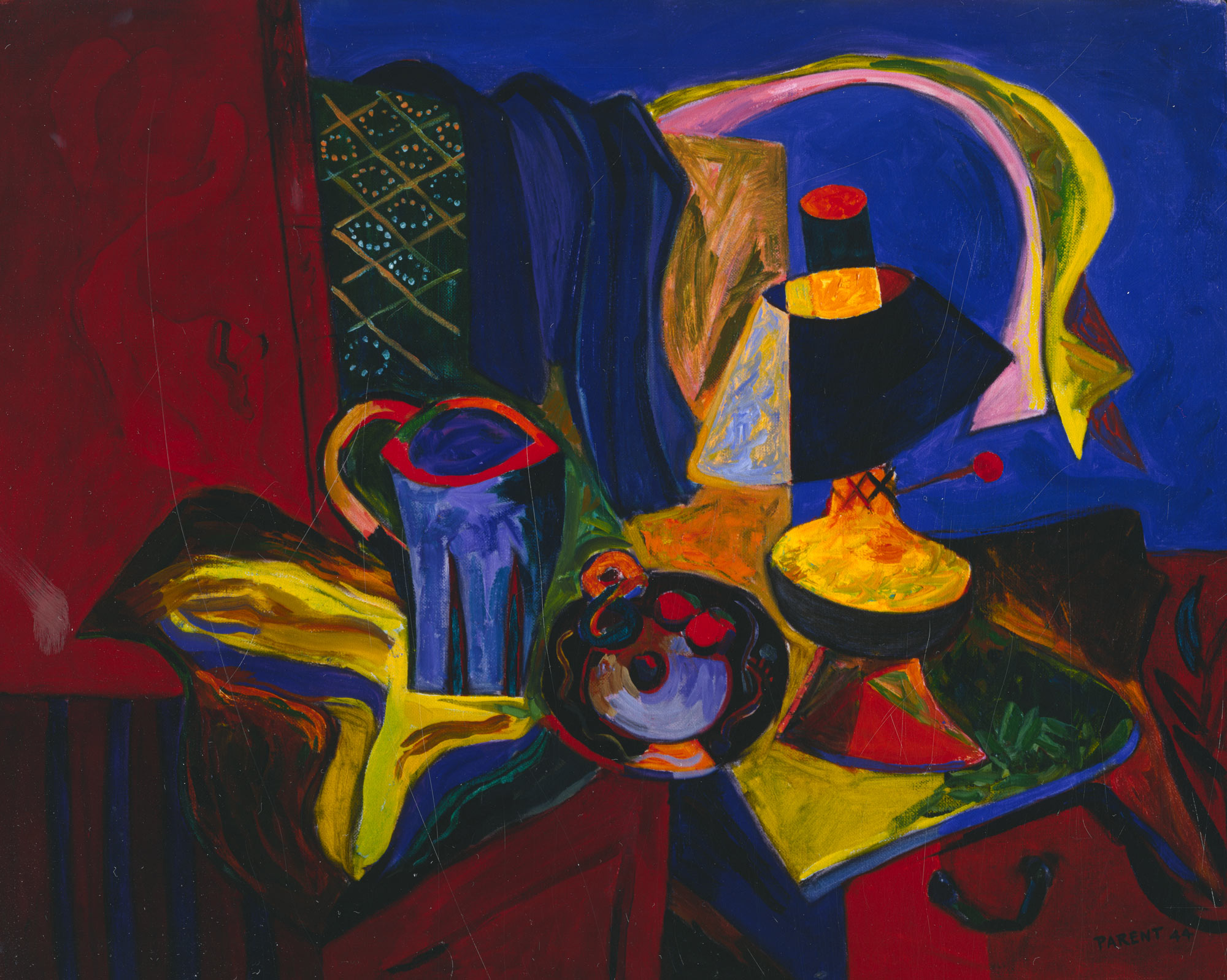
In the 1930s and 1940s, Parent developed a keen interest in photography and film. He practised art photography on silver-based materials, as seen in images such as Un coin de Québec (A Corner of Quebec City), c.1937, which plays with contrasts, and L’Arbre abattu (The Fallen Tree), 1940, which demonstrates a bold perspective. On his return from the 1937 Paris World’s Fair, Parent produced and directed an experimental film titled La vie d’Émile Lazo (The Life of Émile Lazo), which explores the plight of the modern artist navigating the conservative world of academia and resisting political and religious control over art. The film, satirical and burlesque in tone, criticizes the censorship that affected creators deemed too modern for Quebec society of the time. Several professors and artists from the ÉBAQ were involved in La vie d’Émile Lazo, reflecting the growing movement of dissent sparked by the 1938 anti-communist Padlock Act. This was a full decade before Montreal groups published the Prisme d’Yeux and Refus global manifestos.
In 1944, the Musée de la province (now the Musée national des beaux-arts du Québec) acquired Parent’s painting created the same year, Nature morte (Still Life), a vibrant Cubist composition. The museum also dedicated two solo exhibitions to his work, in 1966 and 1976, helping to resurrect his reputation as a painter. Recognition of his contributions to graphic art, photography, and film would come later, spurred by research interest in the breaking down of boundaries in artistic practice in the capital.

 About the Author
About the Author
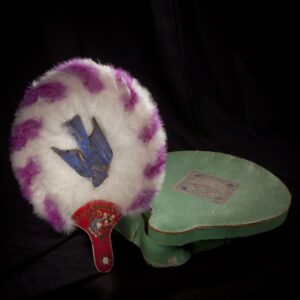 More Online Art Books
More Online Art Books
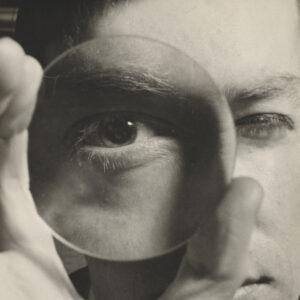 Acknowledgements
Acknowledgements